From Unstructured Data to Insights: Harnessing LLMs in the Enterprise
Modern enterprises are drowning in unstructured data – emails, documents, support tickets, research reports, social media posts – and within this textual chaos lie valuable insights. The challenge has been that traditional analytics tools handle numbers and tables well, but struggle with free-form text or images. Enter large language models (LLMs) like GPT-4: these AI models can read, summarize, and interpret human language at scale, unlocking the treasure trove of unstructured data. In what Saturn IQ terms Agent-Driven Insight Acceleration, LLMs serve as powerful “agents” that make sense of messy data and turn it into actionable knowledge.
The Unstructured Data Deluge:
Unstructured information isn’t just a niche problem – it’s the majority of data today. According to IDC projections, about 80% of data collected globally by 2025 will be unstructured. Think about that: the bulk of what your company knows (customer feedback, market research, internal reports) may be trapped in formats that defy easy analysis. For years, companies either ignored this data or relied on armies of analysts to read through it manually. That’s changing fast. With LLMs, we can feed in thousands of documents or chat transcripts, and the AI will quickly highlight key themes, sentiments, or anomalies. This capability is revolutionizing industries from law (automating contract reviews) to pharma (summarizing scientific literature) to customer service (analyzing support chats for product issues).
Enterprise Adoption of LLMs:
If 2023 was the year generative AI went mainstream, 2024 is the year enterprises got serious about using it. Over three-quarters of companies now use AI in at least one business function, and the use of generative AI specifically is rapidly increasing. An astounding example: by August 2023, over 80% of Fortune 500 companies had integrated ChatGPT (a popular LLM-based tool) into their operations in some form. This ranges from embedding GPT into internal knowledge bases and chatbots to leveraging it for coding assistance and marketing content generation. The motivation is clear – LLMs can understand and generate human-like text, enabling everything from automated report writing to semantic search (where you ask a database a question in plain English and get a meaningful answer). The technology is evolving quickly, with newer models becoming more accurate, multimodal (able to interpret images or audio), and fine-tunable to specific industry jargon.
Turning Text into Actionable Insights:
The practical benefits of harnessing LLMs for unstructured data are already visible. For instance, a pharma company can use an LLM to scan millions of medical journal articles and find patterns or leads for drug research that no human team could catch in reasonable time. A bank might feed years of customer complaints letters into an LLM and discover recurring pain points to fix. Customer experience teams use LLM-driven sentiment analysis on social media posts to flag emerging PR issues in real time. These models excel at summarization – you can ask, “What are the top 5 themes customers mention in support tickets this month?” and get a coherent summary without manually reading thousands of tickets. Since roughly 80-90% of digital data is unstructured text or media, the ability of LLMs to derive structure and meaning from it is a quantum leap for analytics. It’s essentially giving analysts a superpower: the AI reads everything and distills the highlights, and the human can then apply judgment on those highlights.
Caution: Accuracy and Governance:
While LLMs are incredibly powerful, they are not infallible. They can sometimes produce “hallucinations” – plausible-sounding but incorrect answers. Ensuring accuracy requires governance: using fine-tuned models trained on vetted enterprise data, and establishing validation steps (human expert review for critical outputs). Privacy is another consideration; if you’re processing sensitive documents, you need to ensure the LLM (and its underlying service) complies with data security policies. Many companies are opting for private or self-hosted LLMs for this reason. Saturn IQ often guides clients in deploying secure, domain-specific LLM solutions – for example, a custom model trained on a company’s internal knowledge base, which can answer employees’ questions accurately without exposing data externally.
Key Takeaways:
Unstructured = Untapped: The majority of enterprise data is unstructured, and historically underutilized. LLMs unlock this data – for example, parsing legal texts, technical manuals, or social media feedback – to reveal insights that drive better decisions.
Rapid Adoption: Businesses have quickly realized the value. By late 2023, 80% of Fortune 500 companies had adopted ChatGPT or similar LLM tools, signaling a broad acceptance that language AI is here to stay. Companies that embrace LLMs (with proper oversight) can outpace those relying solely on manual analysis.
Practical Steps: To harness LLMs, identify high-value unstructured data sources (customer emails, research reports, call transcripts). Start with a clear use-case like automated summarization of weekly reports. Implement the LLM in a pilot, and have domain experts review its output for accuracy. Over time, continuously refine the model with feedback. With Saturn IQ’s help, enterprises are deploying LLM “co-pilots” that turn mountains of text into actionable intelligence – accelerating insights while maintaining trust and quality.


